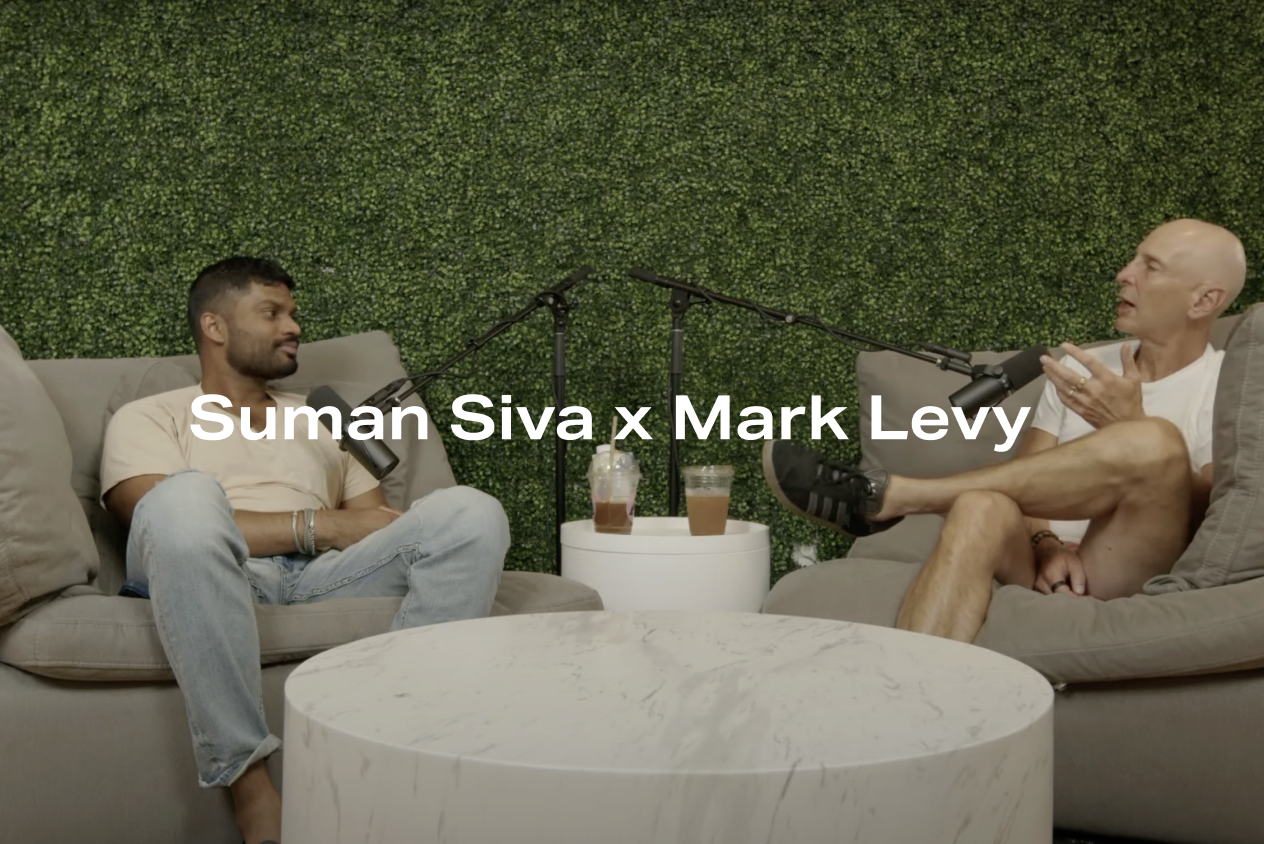Airbnb’s 3-step strategy for nurturing a culture of connection

With an increasingly distributed workforce, it’s increasingly complex to build a strong company culture. Leaders have to create intentional experiences for employees, elevate internal communications, and articulate values through team habits and rituals. Where should you even start?
To answer the question, Marco sat down with Mark Levy, a pioneering Head of Employee Experience at Airbnb and Allbirds. As Mark likes to say, his job at Airbnb was simple: “Just don’t fuck up the culture.” Not only did he nail the assignment — he completely transformed traditional HR into a critical employee experience function.
As one of our very own advisors here at Marco, Mark met with us to unpack:
- Airbnb’s three-step playbook for building a culture of connection
- Two tactics to elevate your employee experience beyond HR
Let’s dive in.
“All you see is an amazing product. You don't actually see how intentional the efforts were to create the culture, attract the people, and build the company that built the end result. We always focused on the points where employees meet customers — and you should as well.”
Airbnb’s three-step playbook for building a culture of connection
At Marco, we’ve always admired Airbnb from a people and values lens. Notably, during Mark’s tenure, the company was named as one of the top places to work! Turning your company into a community is all about setting a clear direction and guiding principle. As Mark shares, “At Airbnb, we had only four values, but we made them a core part of our team identity.”
This may sound easier said than done, but he reveals it comes down to three simple steps:
Step #1: Name your company’s vision early on
Building a culture of connection starts long before you hire your first employee. For Airbnb, it began with a founders’ meeting that asked two questions:
- What kind of company do we want to build?
- How do we grow into this company?
Once you answer these, you’ll have the foundation of your business: your North Star as well as your brand pillars. These will steer you in the right direction as you scale.
Step #2: Build your team with intention
In addition to working for the right reasons, Mark highlights the importance of hiring the right people: “You need your employees to advance your mission — not the other way around.”
For instance, Airbnb relied on a team of “core value interviewers” to ensure team-culture fits. Mark describes their role:
“These recruiters don’t even know the job description they’re interviewing for. They’re simply looking for a signal that you live and work in the essence of our values.”
Step #3: Translate your values into behaviors for better decision-making
A common problem for founders is codifying their values into everyday activities. To tackle this, the team at Airbnb always pauses to check if business decisions align with their North Star. They ask questions like:
- Will this business partnership get us to where we want to be?
- Is this organizational shift really benefiting our employees?
- How is this acquisition going to further our mission?
To ensure they’re on the right track — both professionally and as a community — they even formed a “core values council,” who evaluated whether decisions were aligned with their values.
“To build a culture that lasts, you need to democratize your values and then ensure your decisions align with them as you scale. You've got to make it a part of who you are. It may be a lean process, but it requires lots of heavy lifting to stick to it.”
 2 ways to elevate the employee experience — beyond traditional HR
2 ways to elevate the employee experience — beyond traditional HR
The shift from traditional HR to an Employee Experience team at Airbnb was driven by one core principle: Give your employees the same attention you give your customers. In Mark’s words:
"There's a strong connection between customer satisfaction and delivering on what you promised that customer as a business. The same should go for how you treat your employees."
To flip the standard HR function on its head, Mark’s team took two steps:
-
Curate company culture across every team
— On top of typical HR responsibilities, the Employee Experience team included “Ground Control” — a group of culture curators from every department who focused on events, employee celebrations, and internal comms.
-
Bring employees in to co-create the culture
— To bridge the gap between employees and the C-suite, Mark had to break common workplace stereotypes, such as execs setting rules without input. So, he began bringing all team members together to voice opinions on critical company issues.
“We hired a ‘Head of Belonging’ long before the role of ‘Head of DEI’ came to be. This was the most special thing about us: We were always doing our best to change the way employees exist within the company.”

